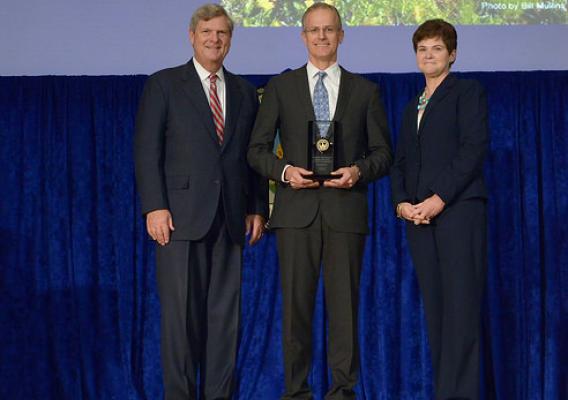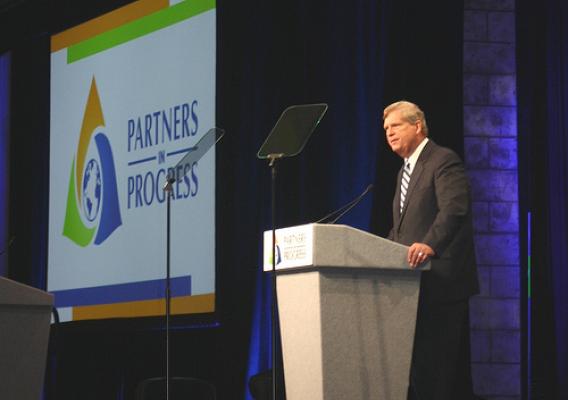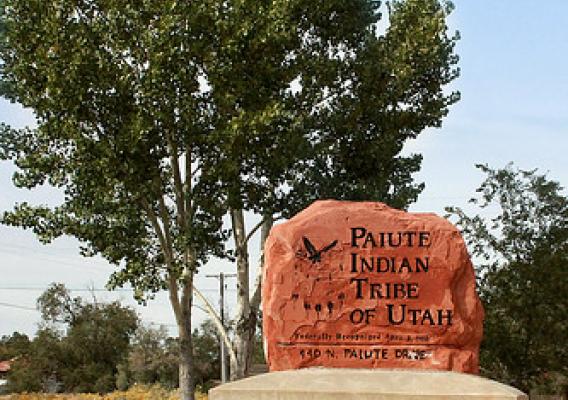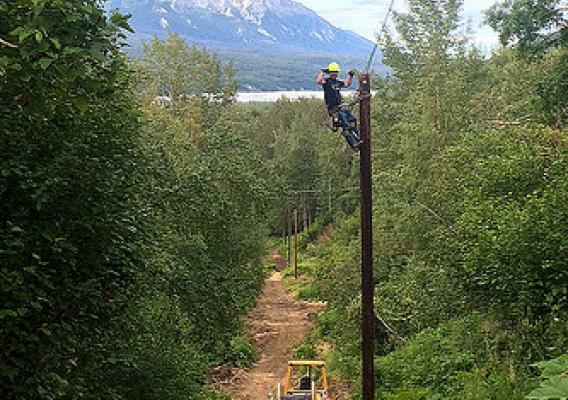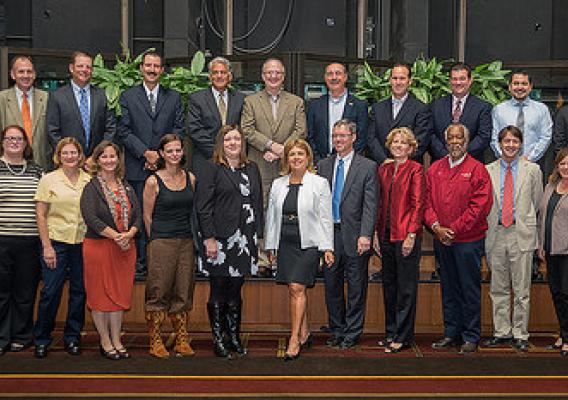Cross-posted from the White House Rural Council:
As part of the Obama administration's commitment to mitigate climate change, USDA, in partnership with the Softwood Lumber Board and the Binational Softwood Lumber Council, is announcing the U.S. Tall Wood Building Prize Competition. This competitive prize, open to teams of architects, engineers, and developers, will showcase the architectural and commercial viability of advanced wood products like Cross Laminated Timber (CLT) in tall buildings.
Advanced wood products are becoming the latest innovation in tall building construction. Products like CLT are flexible, strong, and fire resistant. In construction, wood products can be used as a successful and sustainable alternative to concrete, masonry, and steel. Using wood also reduces greenhouse gas emissions by storing carbon and simultaneously offsetting emissions from conventional building materials. By some estimates, the near term use of CLT and other emerging wood technologies in buildings 7-15 stories could have the same emissions control affect as taking more than 2 million cars off the road for one year.

